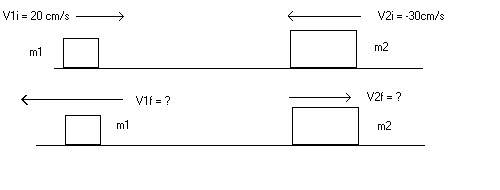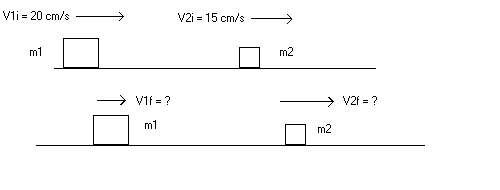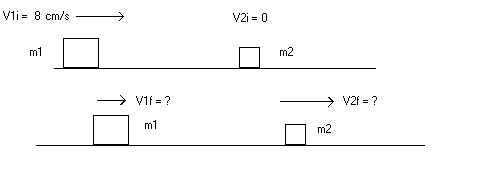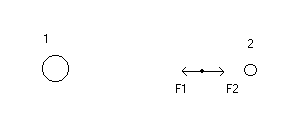At the point indicated above, the force magnitude F2 due
to the earth equals the force magnitude F1 due to the
sun. Thus:

Note that G and the mass m of the object cancels on both sides of the
equation. d = distance between the sun and the earth. x = distance of
object from the sun. After cross-multiplying and simplifying, we get:

Solve for the value of x that references a point that is between
the sun and the earth. You will have two mathematical possibilities. Choose
the value of x that makes sense physically. After all, the science
of physics uses mathematics only as a tool , not a magic wand.
You must think physically and draw from mathematics selectively
in order to explain the world accurately!





